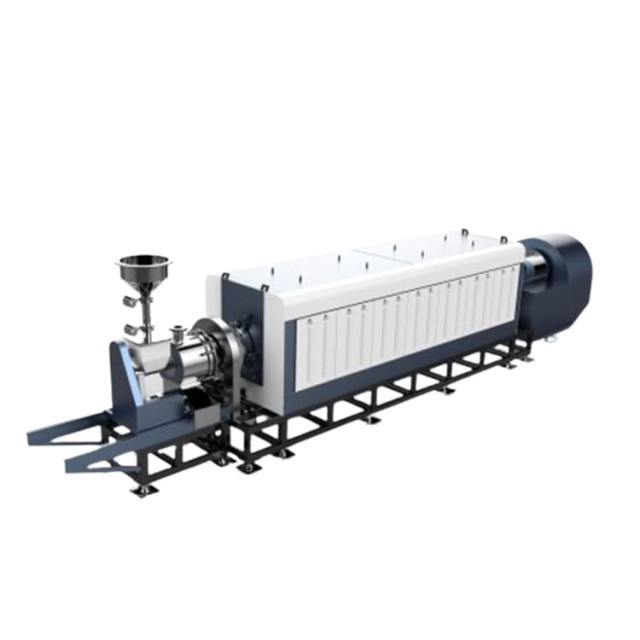
Electric Rotary Kiln
Electric Rotary Kiln Small Rotary Furnace Biomass Pyrolysis Plant Rotating Furnace
Item Number : RBPF
Price varies based on specs and customizations
- Working Temperature Range
- 200℃ to 1100℃
- Heating Uniformity
- Premium heat distribution with rotating and tilting functions
- Pyrolysis Atmosphere Control
- Vacuum-sealed system for oxygen-deficient environment

Shipping:
Contact us to get shipping details Enjoy On-time Dispatch Guarantee.
Why Choose Us
Reliable PartnerEasy ordering process, quality products, and dedicated support for your business success.
KINTEK's Rotary Biomass Pyrolysis Furnace Plant: Advanced Solutions for Your Needs
KINTEK specializes in providing advanced high-temperature furnace solutions, including our state-of-the-art Rotary Biomass Pyrolysis Furnace Plant. Engineered with precision and leveraging our exceptional R&D and in-house manufacturing capabilities, these systems are designed for efficient biomass conversion into biochar, bio-oil, and syngas. We offer strong deep customization to precisely meet your unique experimental or production requirements.
Product Showcase
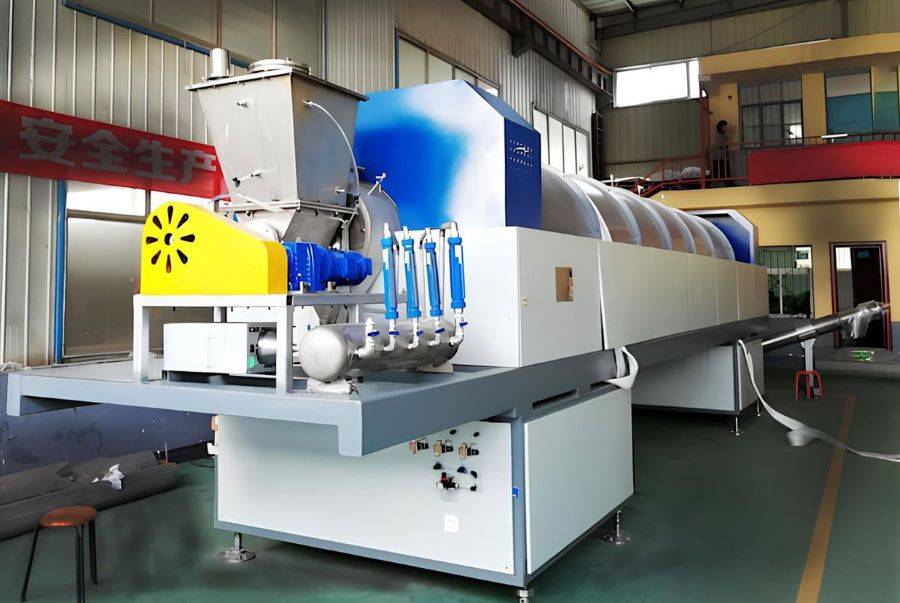
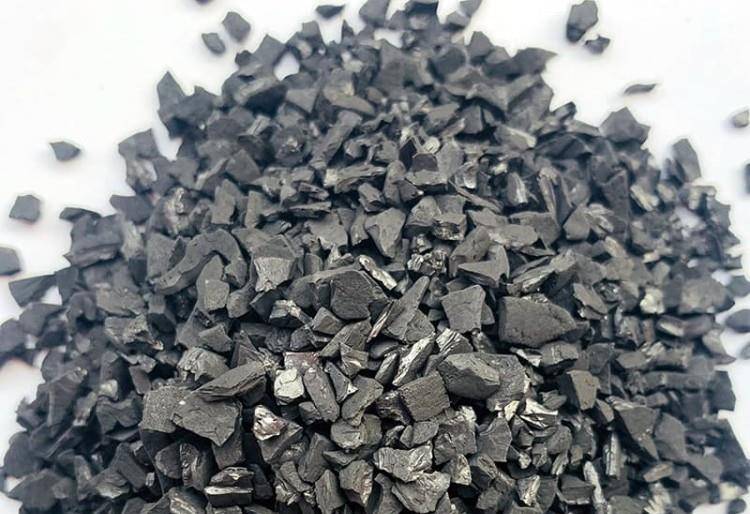
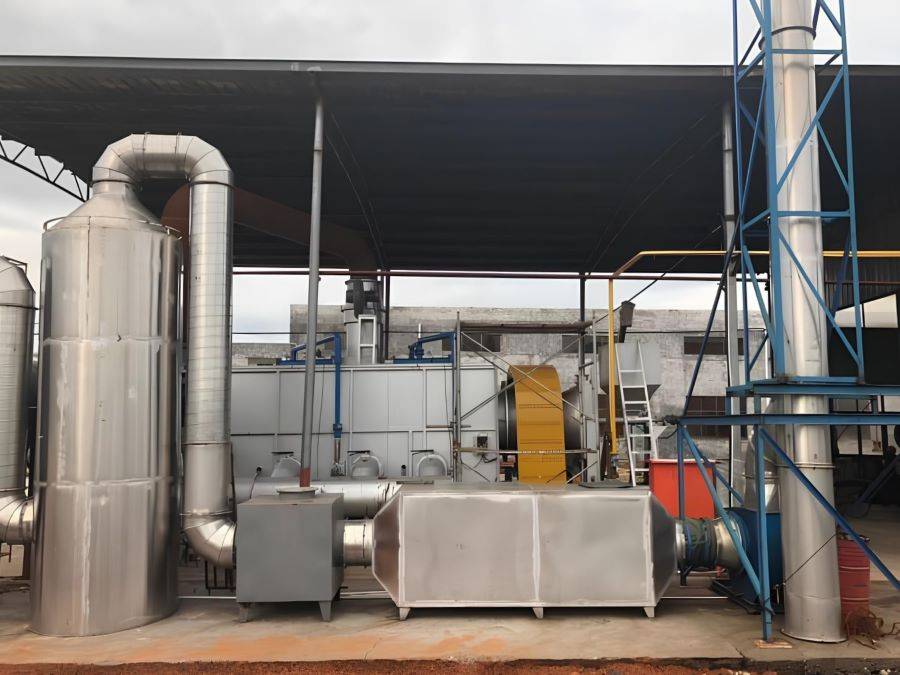
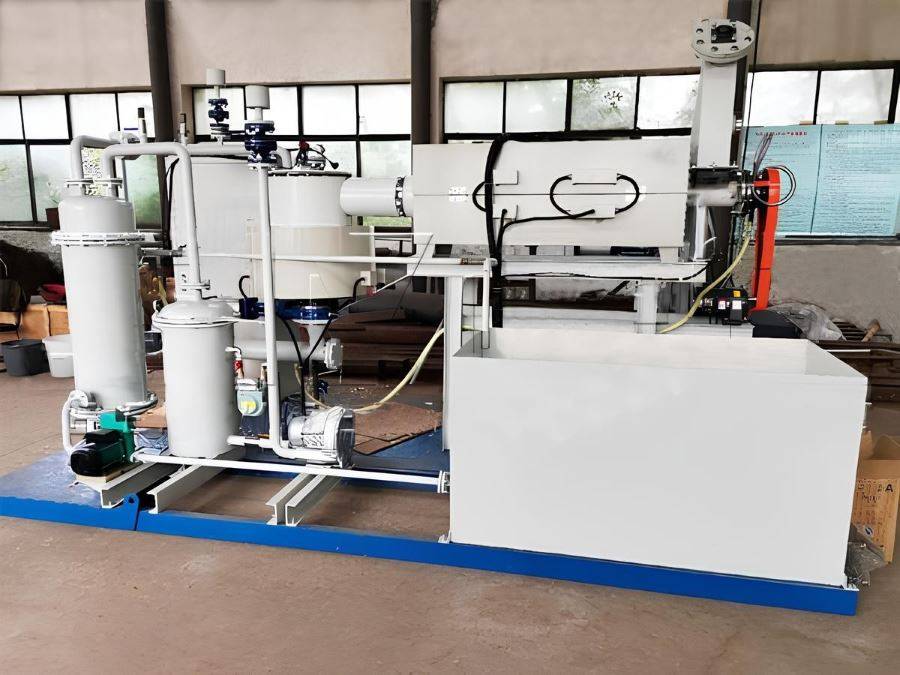
Transform Biomass with Precision: The Pyrolysis Process
A Rotary Biomass Pyrolysis Furnace Plant is a sophisticated device used to convert biomass into valuable biochar, bio-oil, and syngas through pyrolysis – a thermochemical process. This involves heating biomass in an oxygen-starved environment to break it down into its constituent components. The core of the plant is a rotating cylindrical reactor where biomass is heated and decomposed, typically via an external heat source like an electric heater or gas burner. The reactor's rotation ensures uniform heating and efficient heat transfer.
The resulting products – solid biochar, condensable bio-oil, and gaseous syngas – are then separated and collected. These outputs have diverse applications, from energy production and soil amendment to serving as feedstocks for biofuels and chemicals. Rotary Biomass Pyrolysis Furnace Plants are valued for their high efficiency, potential for low emissions, and versatility in processing a wide range of biomass feedstocks.
Key Features & Benefits of KINTEK's Rotary Pyrolysis Furnace
- Versatile Operating Range: Wide working temperature from 200℃ to 1100℃ allows for precise control tailored to different biomass types and desired pyrolysis outcomes.
- Precision Temperature Control: A high-accuracy PID thermal controller ensures consistent and stable temperature maintenance, critical for reproducible and successful pyrolysis.
- Optimized Pyrolysis Atmosphere: An excellent vacuum-sealed system creates and maintains a precisely controlled, oxygen-deficient atmosphere essential for effective pyrolysis.
- Compact & Efficient Design: The full system setup is compact, making it ideal for research laboratories, small-batch processing, or pilot-scale production.
- Uniform Material Processing: An automatic batch-type continuous feeding device ensures even material feeding and distribution within the reactor for consistent pyrolysis.
- Superior Heating Uniformity: The indirect heating tube chamber, equipped with rotating and tilting functions, guarantees premium heat distribution throughout the material, maximizing pyrolysis efficiency.
- Efficient Solids Collection: Dynamic rotary vacuum sealing facilitates the straightforward discharging and collecting of target pyrolysis solids.
- Accurate Gas Collection: Pre-heating and assisting heating mechanisms enable the accurate collection of target decomposing gases for analysis or utilization.
- Flexible Liquid Product Management (Optional): A cold trap and condenser device setup can be integrated for easy control and collection of produced target liquids.
- Environmental Consideration (Optional): A gas emissions ignition device can be included to burn potentially harmful gases before release, minimizing environmental impact.
- Real-time Process Monitoring (Optional): Syngas online detecting and monitoring functions for various gases (e.g., CO, CO2, CH4, H2, N2, C2H6, C3H8) allow for process optimization and quality control.
Wide-Ranging Applications
KINTEK's Rotary Biomass Pyrolysis Furnace Plants are utilized across various industries due to their efficiency and versatility:
- Waste Management: Effectively converts biomass waste (e.g., wood, bamboo, coconut shells, rice hulls, garden waste) into valuable biochar, reducing landfill burden and promoting sustainable waste practices.
- Biofuel Production: Produces renewable bio-oil and syngas from diverse biomass sources, offering environmentally friendly alternatives to fossil fuels and aiding in greenhouse gas reduction.
- Chemical Production: Generates valuable chemicals and materials like activated carbon and specialized biochar for industries such as pharmaceuticals, cosmetics, and agriculture.
- Research and Development: Serves as a crucial tool in laboratories for studying thermal behavior, decomposition characteristics of organic materials, optimizing pyrolysis processes, and developing new applications.
- Carbon Sequestration: Contributes to carbon sequestration by converting biomass into stable, carbon-rich biochar, which can amend soil, enhance fertility, and help reduce atmospheric CO2.
Why Partner with KINTEK for Your Furnace Solutions?
Leveraging exceptional R&D and in-house manufacturing, KINTEK provides diverse laboratories and industries with advanced high-temperature furnace solutions. Our product line, including Muffle Furnaces, Tube Furnaces, Rotary Furnaces, Vacuum & Atmosphere Furnaces, and CVD/PECVD/MPCVD Systems, is complemented by our strong deep customization capability. We are committed to precisely meeting your unique experimental and production requirements, ensuring you receive a system optimized for your specific needs.
Connect With Us for a Custom Solution
Ready to enhance your biomass conversion capabilities? Discover how KINTEK's Rotary Biomass Pyrolysis Furnace Plant can be tailored to your specific research or production goals. Our team of experts is available to discuss your project in detail and help design a customized solution. Contact us today for a consultation or to request a personalized quote!
FAQ
What Is A Rotating Furnace Used For?
What Is The Principle Of A Rotary Furnace?
What Are The Main Applications Of Electric Rotary Kilns?
What Are The Main Applications Of A Rotary Tube Furnace?
What Are The Main Types Of Rotating Furnaces Available?
What Are The Advantages Of Using A Rotary Furnace?
What Are The Key Features Of Electric Rotary Kilns?
What Are The Key Features Of A Rotary Tube Furnace?
How Does A Rotating Furnace Work?
What Are The Key Features Of A Rotary Furnace?
How Does An Electric Rotary Kiln Work?
How Does A Rotary Tube Furnace Work?
What Are The Advantages Of Using A Rotating Furnace?
What Are The Common Applications Of A Rotary Furnace?
What Are The Advantages Of Using An Electric Rotary Kiln?
What Are The Advantages Of Using A Rotary Tube Furnace?
What Safety Features Are Included In Rotating Furnaces?
How Does A Rotary Furnace Handle Different Materials?
What Industries Benefit From Electric Rotary Kilns?
What Temperature Can A Rotary Tube Furnace Reach?
Can Rotating Furnaces Be Customized For Specific Applications?
What Temperature Range Can Electric Rotary Kilns Achieve?
What Types Of Materials Can Be Processed In A Rotary Tube Furnace?
How Does The Design Of An Electric Rotary Kiln Ensure Efficient Processing?
What Makes Electric Rotary Kilns More Energy-efficient Than Traditional Combustion Methods?
Can Electric Rotary Kilns Be Customized For Specific Applications?
How Do Electric Rotary Kilns Contribute To Environmental Sustainability?
4.8
out of
5
Incredible efficiency! This rotary kiln exceeded my expectations with its seamless operation and robust build.
4.7
out of
5
Fast delivery and top-notch quality. The furnace is a game-changer for our biomass processing needs.
4.9
out of
5
Absolutely worth every penny! The technology behind this rotary furnace is cutting-edge and reliable.
4.8
out of
5
Durability is unmatched. This kiln handles continuous use without a hitch—highly recommend!
4.9
out of
5
The perfect blend of innovation and practicality. Our pyrolysis plant runs smoother than ever.
4.7
out of
5
Impressive speed of delivery and setup. The furnace works flawlessly right out of the box.
4.9
out of
5
A stellar investment! The rotary kiln’s performance is consistently outstanding.
4.8
out of
5
Superior craftsmanship. This furnace is built to last and delivers exceptional results.
4.9
out of
5
Technologically advanced and user-friendly. Our biomass processing has never been easier.
4.7
out of
5
Quick delivery and easy installation. The kiln’s performance is nothing short of impressive.
4.8
out of
5
Value for money is unbeatable. This rotary furnace is a powerhouse of efficiency.
4.9
out of
5
The durability and precision of this kiln are remarkable. A must-have for any pyrolysis plant.
4.8
out of
5
Fast, efficient, and reliable. This furnace has transformed our production process.
4.9
out of
5
Exceptional quality and performance. The rotary kiln is a testament to advanced engineering.
4.7
out of
5
Smooth operation and sturdy design. This furnace is a solid addition to our facility.
4.9
out of
5
Innovative and efficient. The kiln’s rotating mechanism ensures even heating every time.
4.8
out of
5
Quick setup and outstanding performance. This furnace is a reliable workhorse.
4.9
out of
5
A brilliant piece of technology. The rotary kiln has significantly boosted our productivity.
REQUEST A QUOTE
Our professional team will reply to you within one business day. Please feel free to contact us!
Related Products
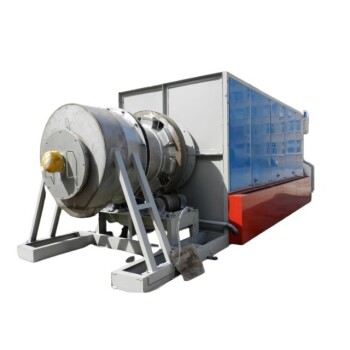
Electric Rotary Kiln Small Rotary Furnace for Activated Carbon Regeneration
Electric Activated Carbon Regeneration Furnace by KINTEK: High-efficiency, automated rotary kiln for sustainable carbon recovery. Minimize waste, maximize savings. Get a quote!
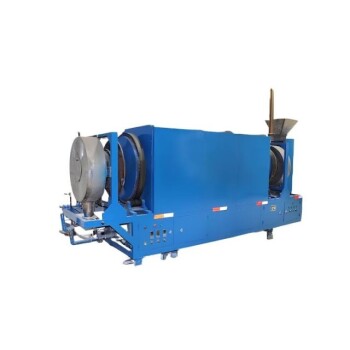
Electric Rotary Kiln Continuous Working Small Rotary Furnace Kiln for Pyrolysis Plant Heating
KINTEK's electric rotary furnaces offer precision heating up to 1100°C for calcination, drying, and pyrolysis. Durable, efficient, and customizable for labs and production. Explore models now!
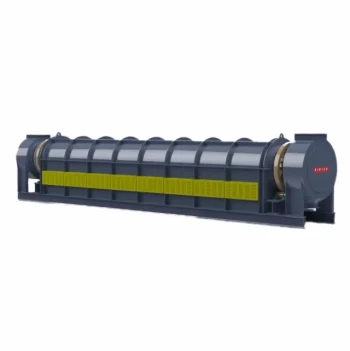
Electric Rotary Kiln Pyrolysis Furnace Plant Machine Small Rotary Kiln Calciner
KINTEK Electric Rotary Kiln: Precise 1100℃ calcination, pyrolysis & drying. Eco-friendly, multi-zone heating, customizable for lab & industrial needs.

Split Multi Heating Zone Rotary Tube Furnace Rotating Tube Furnace
Precision Split Multi Heating Zone Rotary Tube Furnace for high-temperature material processing, featuring adjustable tilt, 360° rotation, and customizable heating zones. Ideal for labs.
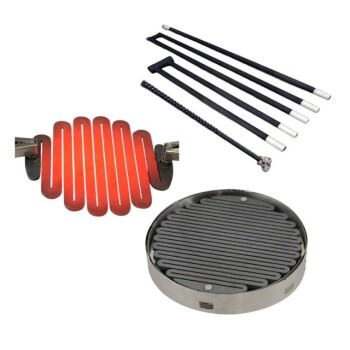
Silicon Carbide SiC Thermal Heating Elements for Electric Furnace
High-performance SiC heating elements for labs, offering 600-1600°C precision, energy efficiency, and long lifespan. Customizable solutions available.

CF KF Flange Vacuum Electrode Feedthrough Lead Sealing Assembly for Vacuum Systems
Reliable CF/KF flange vacuum electrode feedthrough for high-performance vacuum systems. Ensures superior sealing, conductivity & durability. Customizable options available.

Custom Made Versatile CVD Tube Furnace Chemical Vapor Deposition CVD Equipment Machine
KINTEK's CVD Tube Furnace offers precision temperature control up to 1600°C, ideal for thin film deposition. Customizable for research and industrial needs.
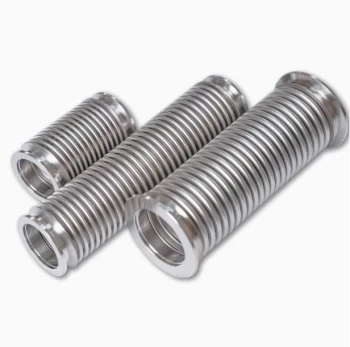
High Performance Vacuum Bellows for Efficient Connection and Stable Vacuum in Systems
KF ultra-high vacuum observation window with high borosilicate glass for clear viewing in demanding 10^-9 Torr environments. Durable 304 stainless steel flange.

High Pressure Laboratory Vacuum Tube Furnace Quartz Tubular Furnace
KINTEK High Pressure Tube Furnace: Precision heating up to 1100°C with 15Mpa pressure control. Ideal for sintering, crystal growth, and lab research. Customizable solutions available.

Laboratory Quartz Tube Furnace RTP Heating Tubular Furnace
KINTEK's RTP Rapid Heating Tube Furnace delivers precise temperature control, rapid heating up to 100°C/sec, and versatile atmosphere options for advanced lab applications.

Vacuum Hot Press Furnace Machine Heated Vacuum Press Tube Furnace
Discover KINTEK's advanced Vacuum Tube Hot Press Furnace for precise high-temperature sintering, hot pressing, and material bonding. Customizable solutions for labs.

Multi Heating Zones CVD Tube Furnace Machine for Chemical Vapor Deposition Equipment
KINTEK's Multi-Zone CVD Tube Furnaces offer precision temperature control for advanced thin film deposition. Ideal for research and production, customizable for your lab needs.

Split Chamber CVD Tube Furnace with Vacuum Station CVD Machine
Split Chamber CVD Tube Furnace with Vacuum Station - High precision 1200°C lab furnace for advanced materials research. Customizable solutions available.

Vacuum Induction Melting Furnace and Arc Melting Furnace
Explore KINTEK's Vacuum Induction Melting Furnace for high-purity metal processing up to 2000℃. Customizable solutions for aerospace, alloys, and more. Contact us today!

1200℃ Split Tube Furnace Laboratory Quartz Tube Furnace with Quartz Tube
Discover KINTEK's 1200℃ Split Tube Furnace with quartz tube for precise high-temperature lab applications. Customizable, durable, and efficient. Get yours now!

Laboratory Muffle Oven Furnace with Bottom Lifting
Boost lab efficiency with KT-BL Bottom Lifting Furnace: precise 1600℃ control, superior uniformity, and enhanced productivity for material science and R&D.

1800℃ High Temperature Muffle Oven Furnace for Laboratory
KINTEK Muffle Furnaces: Precision 1800°C heating for labs. Energy-efficient, customizable, with PID control. Ideal for sintering, annealing, and research.

1400℃ Muffle Oven Furnace for Laboratory
KT-14M Muffle Furnace: Precision 1400°C heating with SiC elements, PID control, and energy-efficient design. Ideal for labs.
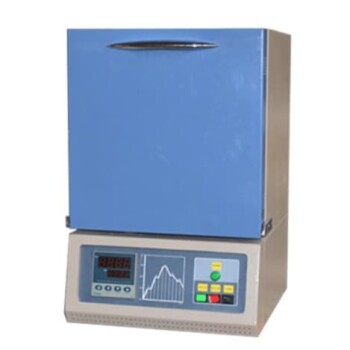
1200℃ Muffle Oven Furnace for Laboratory
KINTEK KT-12M Muffle Furnace: Precision 1200°C heating with PID control. Ideal for labs needing rapid, uniform heat. Explore models & customization options.